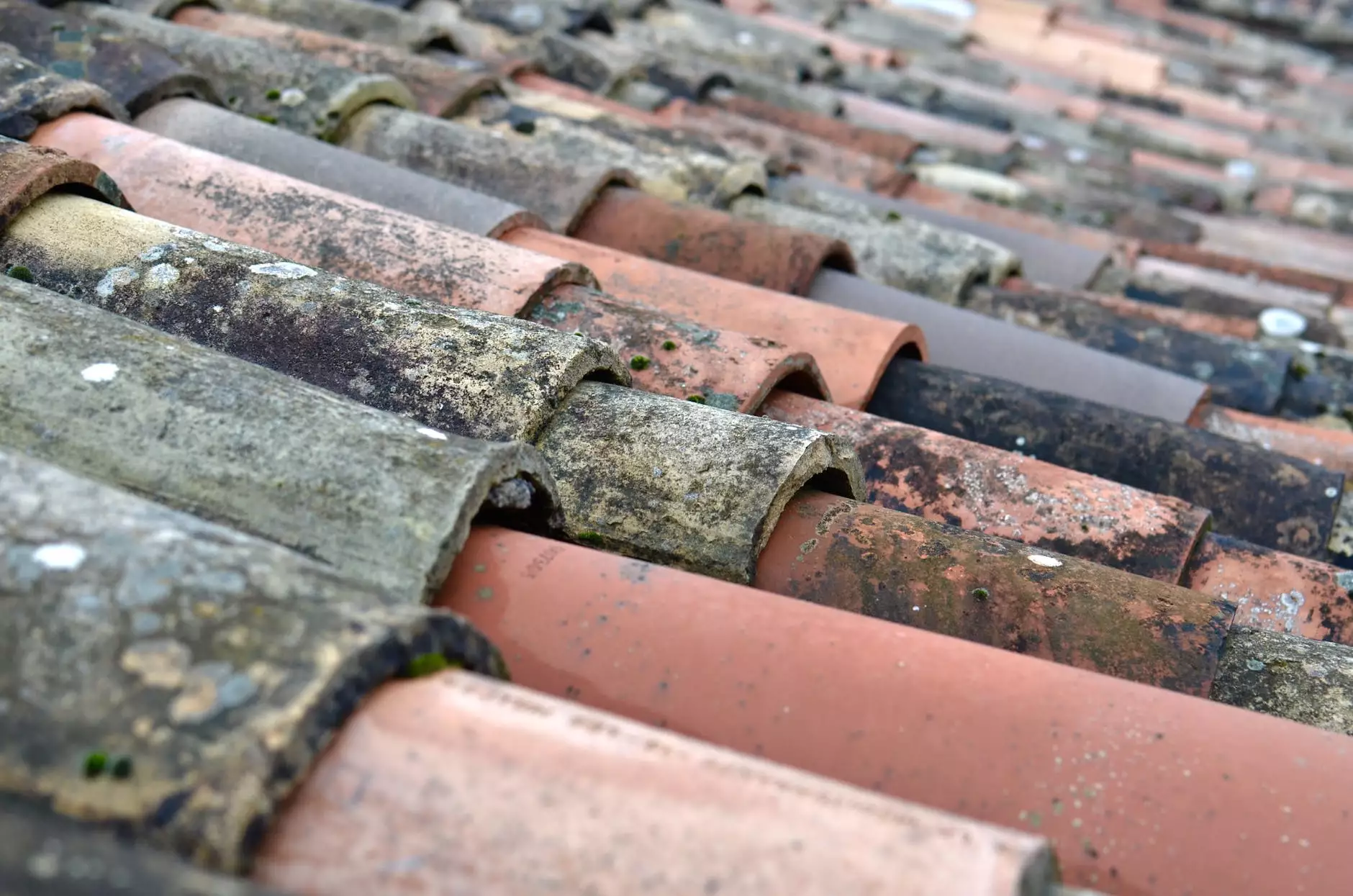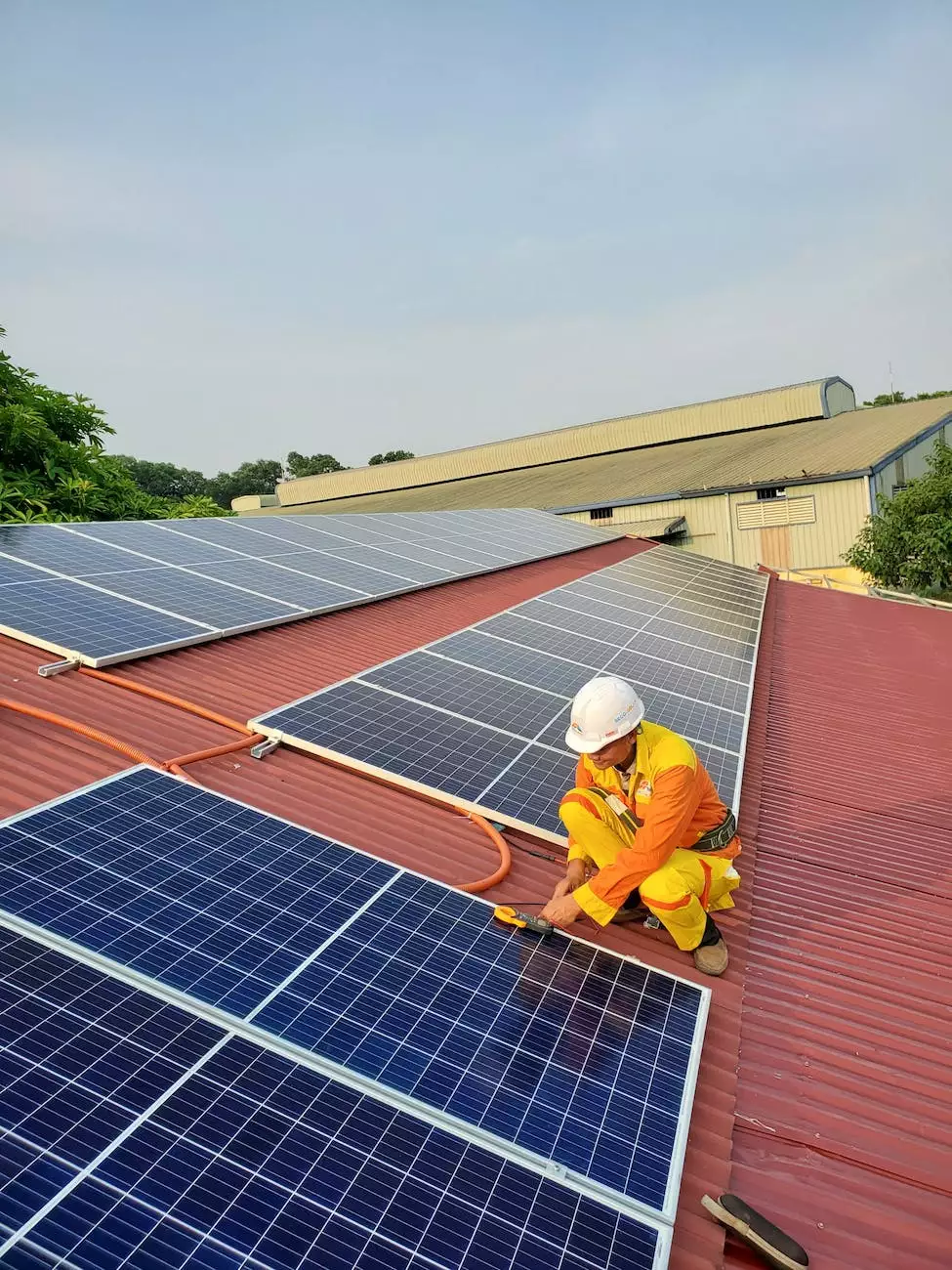Roof Ventilation Options - GlennStone Roofing and Gutters
Roof Ventilation
Introduction to Roof Ventilation
Roof ventilation is a crucial aspect of maintaining the overall health and longevity of your roof. Proper ventilation plays a significant role in controlling the temperature and moisture levels in your attic, preventing damage caused by excessive heat and humidity. At St Louis Premium Roofing, we offer a range of top-quality roof ventilation options to ensure optimal airflow and improve indoor air quality in your home.
The Importance of Good Roof Ventilation
Good roof ventilation offers several benefits that go beyond simply extending the lifespan of your roof. It helps regulate the temperature in your attic, minimizing heat buildup during hot summers and preventing moisture buildup during colder months. By keeping the attic environment properly ventilated, you can avoid various problems such as mold growth, damage to insulation, and premature aging of roofing materials.
Types of Roof Ventilation Options
1. Ridge Vents
Ridge vents are a popular choice for roof ventilation as they are installed along the peak of your roof. They provide a continuous exhaust vent, allowing hot air to escape from the attic while simultaneously drawing in cool air through soffit vents or other intake openings. This facilitates effective air circulation, maintaining a balanced and healthy attic environment.
2. Soffit Vents
Soffit vents are installed in the underside of the eaves, allowing fresh air to enter the attic space from outdoors. They work together with ridge vents to establish a continuous airflow. Soffit vents are particularly useful in areas where ridge vents alone may not provide sufficient ventilation. When properly installed by our expert team at GlennStone Roofing and Gutters, soffit vents offer a reliable and efficient ventilation solution.
3. Gable Vents
Gable vents are placed on the sides of your roof, near the peak, and work by allowing hot air to escape from the attic. They create an excellent cross-ventilation effect when used in conjunction with soffit or ridge vents. Gable vents are aesthetically pleasing and can enhance the overall ventilation system of your roof, ensuring proper airflow throughout the attic space.
4. Turbine Vents
Turbine vents, also known as whirlybird vents, are powered by the wind and can efficiently remove hot and humid air from your attic. They have rotating vanes that effectively draw out air while preventing rainwater from entering the attic. Turbine vents are a cost-effective and energy-efficient option, as they do not require an electrical power source to operate.
5. Powered Attic Ventilation
Powered attic ventilation systems utilize electric fans to actively push out hot and stagnant air from the attic space. These systems are especially useful in areas with limited natural airflow or when additional ventilation is necessary. Our team at St Louis Premium Roofing can recommend and install the appropriate powered attic ventilation system tailored to your specific needs.
Choosing the Right Ventilation Option
Selecting the appropriate roof ventilation option for your St Louis home depends on various factors, including roof design, attic size, and local climate conditions. Our experienced professionals at GlennStone Roofing and Gutters can assess your specific requirements and provide expert recommendations tailored to your unique situation. We take pride in delivering reliable, high-quality roofing solutions that prioritize optimal roof ventilation.
Conclusion
Investing in the right roof ventilation options can greatly enhance the overall health and longevity of your roof. With our comprehensive range of ventilation solutions at St Louis Premium Roofing, you can ensure proper airflow, temperature control, and moisture regulation in your attic. Don't compromise the integrity of your roof - trust our team of experts at GlennStone Roofing and Gutters to provide you with superior roof ventilation options for your St Louis home.










